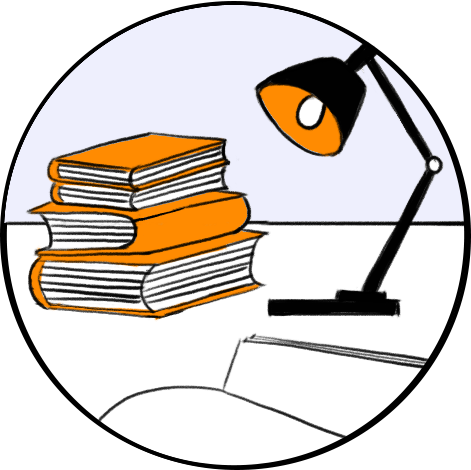- Español
- Euskara
- English
- Français
Education; Engineering Education; European Community; Historic Preservation; Innovation; Innovative Technology; Intangible Cultural Heritage (ICH); Intangible Cultural Heritages; Learning Experiences; Motor Learning; Platform; Preservation; Sensors; Technological Development; User Requirements; Wood Preservation;
The recent technological development has opened up innovative scenarios in the field of intangible cultural heritage (ICH) education and preservation. Main aim of this paper is to present a study, whose objective was to investigate whether and to what extent technologies can play a role in the ICH preservation and education. The study was conducted in the context of i-Treasures, a project funded by the European Community. During the project, a platform has been created, which provides different types of services that can meet the demands of different types of users in the ICH education domain. In the paper, the process followed for the implementation of such platform is described, starting from the analysis of the user needs, down to the development of the various innovative features. These encompass not only informative functionalities but—even more importantly—features allowing sensorimotor learning experiences for the user, who—by wearing innovative sensors—can practice rare forms of dancing or singing and get feedback about the correctness of the performance. The paper presents the methodology and findings of the user evaluation and then points out the main strong points and weaknesses of using innovative technologies in the ICH preservation and education.




